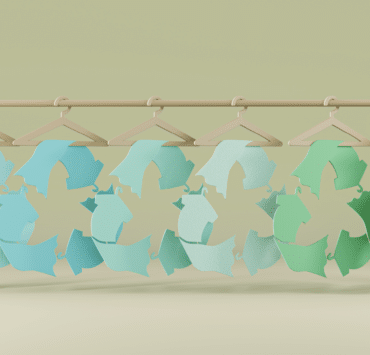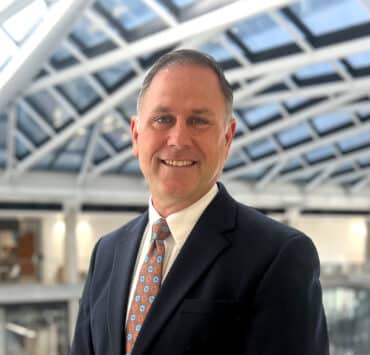|
Getting your Trinity Audio player ready...
|
Since Bob Reppe last spoke with American Builders Quarterly in 2021, his purview has expanded just like the new and groundbreaking builds at Carnegie Mellon University (CMU). Along with three best-in-class current builds, Reppe is also helping the university lean in hard on environmental and sustainable initiatives that will keep it on the front lines of innovation.
In 2022, Reppe was promoted to his current role of assistant vice president (AVP) and university architect, building on 15 years with the organization in a role that, in many ways, already made him the de facto university architect. But with the promotion, he has been able to add new roles to his organization, including a new associate director for design who was promoted from within and able to handle oversight of design while Reppe handles, well, a lot.
In just over 30 minutes of speaking with Reppe, it’s quickly apparent how he manages so much. The AVP talks fast. Very fast. It must be a learned behavior for juggling so many projects at once, and it’s a strange phenomenon. He can relay an incredible amount of detail, almost no fluff, but still works in a couple of jokes as he flies through his list of current priorities. It’s blazing efficiency with a little pizzazz.
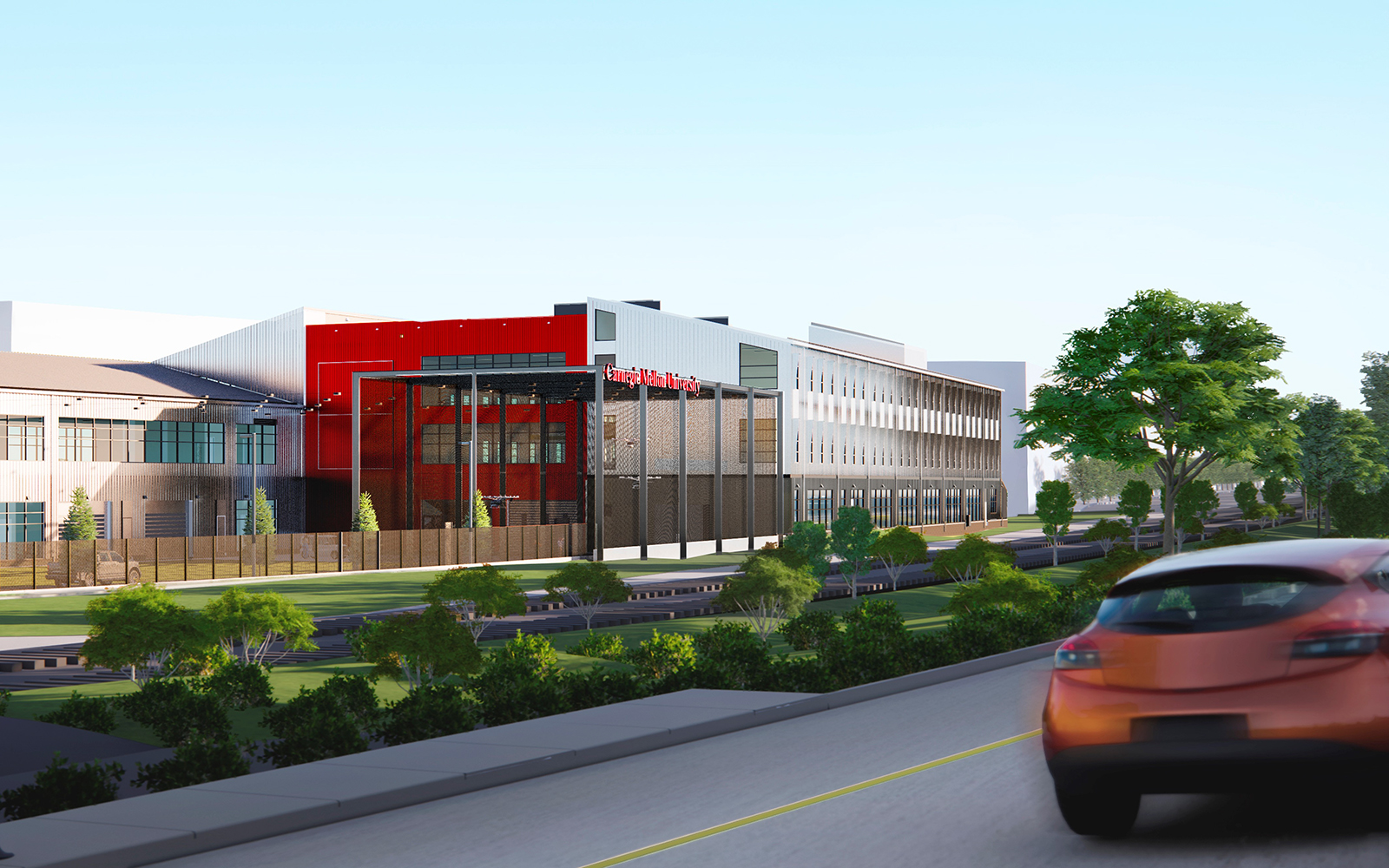
Perkins Eastman
Builds for the Future
There are three current landmark projects on Reppe’s plate: the Richard King Mellon Hall of Sciences, the Robotics Innovation Center, and the off-site CMU Cloud Lab, one of the first academic cloud labs. All three look toward the future, one that research at CMU has spent 123 years creating.
“These are leading-edge projects for the university that are being supported by a very generous gift from the Richard King Mellon Foundation,” Reppe explains. “We have a robotics program that is really focusing on advancing the university’s research, especially when it comes to the commercialization of robotics in the city of Pittsburgh. They’re continually looking to answer questions about how you bring automated robotic manufacturing to market and how you bring automated agriculture harvesting to market.”
The robotics facility will be located two miles away from campus on what used to be an old steel mill, Pittsburgh’s former lifeblood. The site that once produced huge bars of steel now might resemble something out of The Jetsons, with dedicated space for robot workouts—a two-story cage for flying drones and a tank for swimming robots.
“[The Robotics Innovation Center] is a facility that will take ideas one step closer to the market.”
Bob Reppe
“This is a facility that will take ideas one step closer to the market,” Reppe explains. The learning curve here, however, has been planning a space for scientific breakthroughs that haven’t happened yet. But the challenge is one Reppe has embraced.
Different breakthroughs will likely be occurring in the new Hall of Sciences on the CMU campus. The overarching goal in this build is to encourage interaction among different disciplines: computer science and fine arts, biology computational biology and chemistry, and any number of previously siloed departments.
“If you think of a traditional researcher, they’ll go into their lab, come out 40 years later, and you might have had these superstar researchers who never even spoke,” Reppe says. “This new building is intended to break up that old model.”
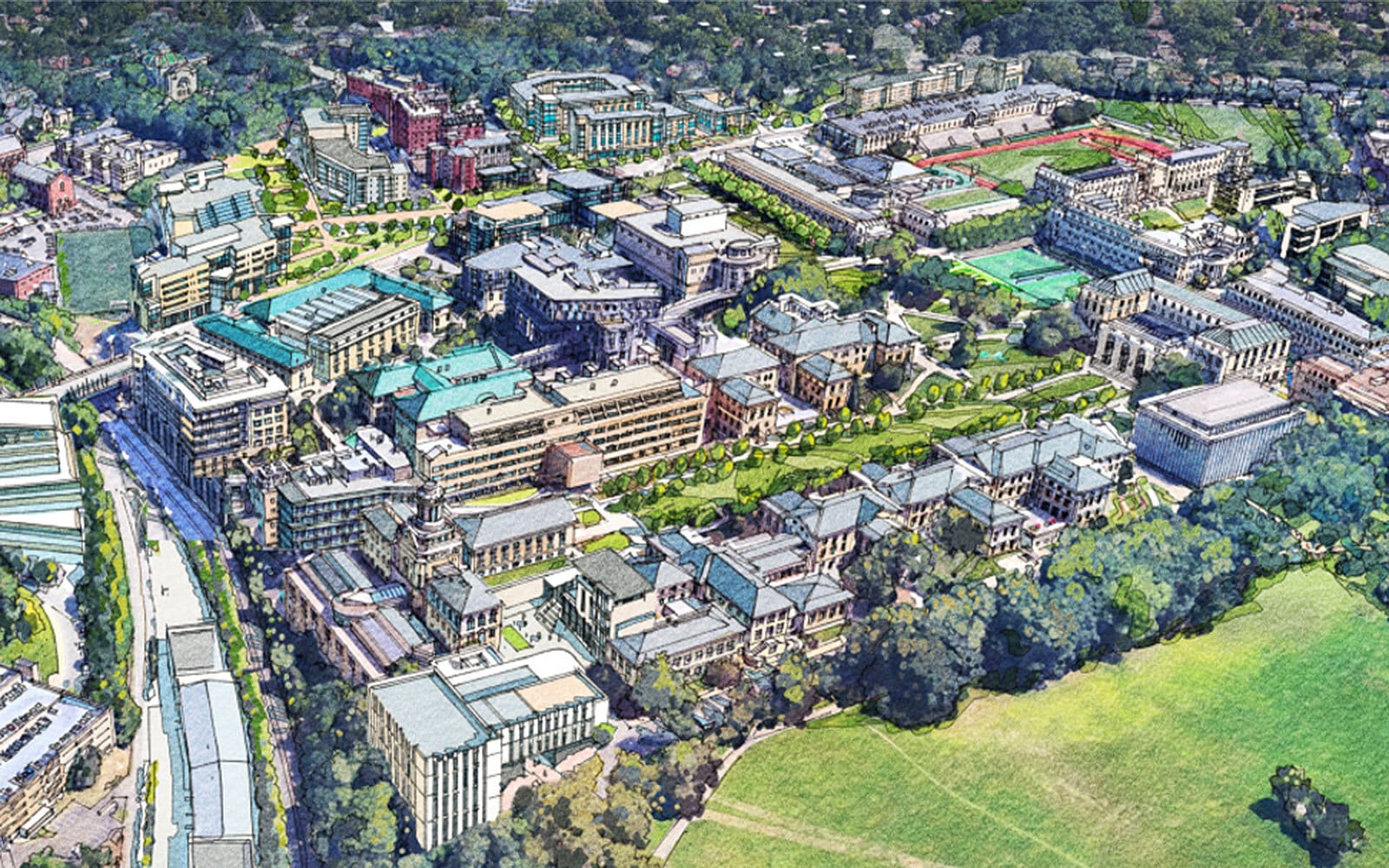
Urban Design Associates
This is best illustrated by planting an art gallery from its former home in the performing arts building to a double-size location in the Hall of Sciences.
“We want our computer scientists and biologists to encounter the arts and maybe find some inspiration there,” Reppe explains. “We want our artists to see the incredible work our hard scientists are engaging in. This is about creating something bigger than the way we’ve operated in academia previously.”
Builds for the Environment
The same mentality goes for Reppe’s environmental efforts. CMU has always been on the forefront of environmental design, but he wants more than just the idea of building a LEED-certified building. Reppe is looking at open space in a new way.
CMU has pursued stormwater management innovation that takes rainwater hitting the sidewalk and distributes the water to rain gardens. Reppe is also overseeing a tree inventory across the campus to pursue a restoration and tree management plan. It’s about not just planting trees but also developing understories that support ecosystems and, frankly, look nicer than just grass and trees.
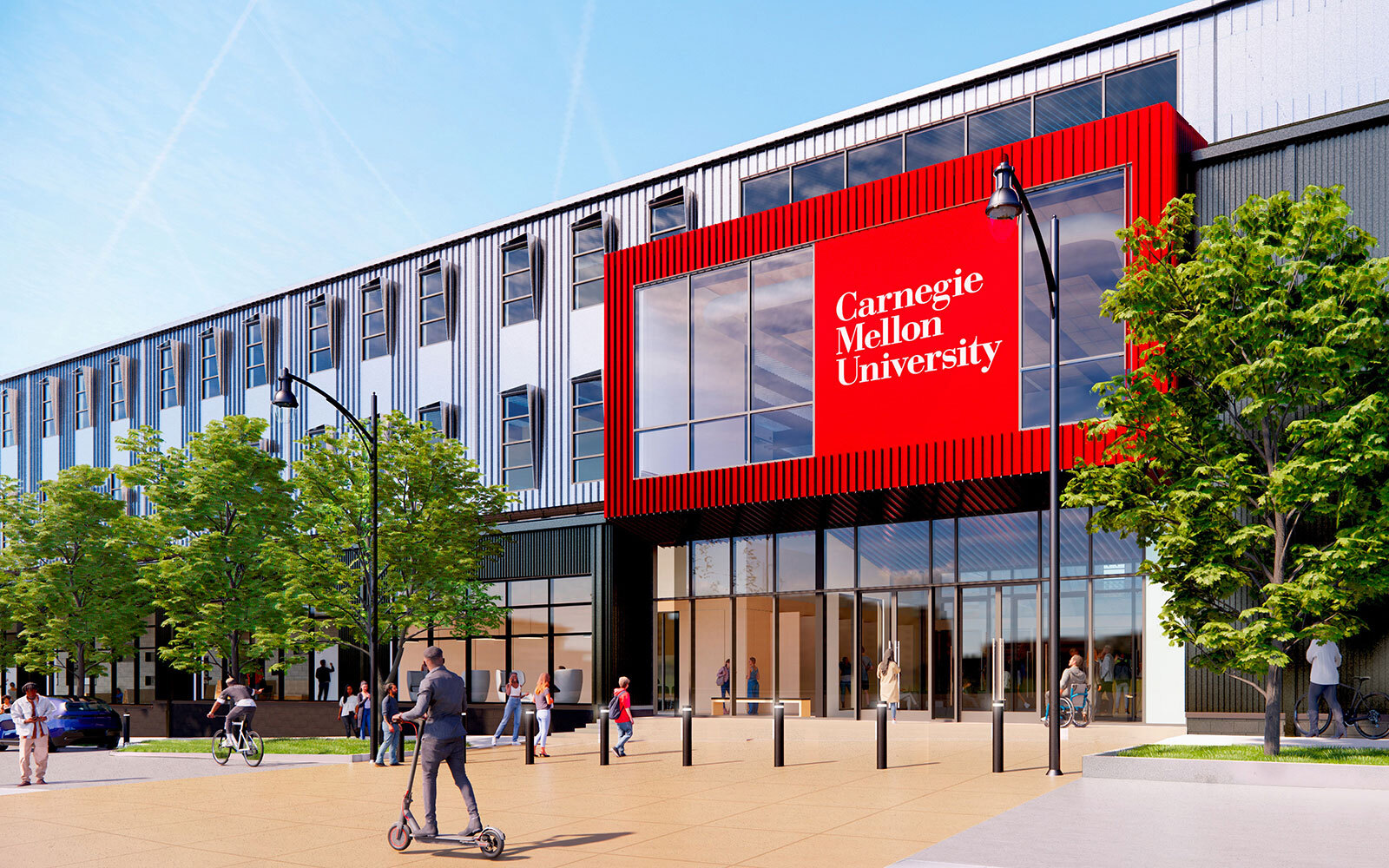
Perkins Eastman
Reppe’s team has been able to partner with the City of Pittsburgh and the Pittsburgh Parks Conservancy to help green its southern flank. A 450-acre park—a park few knew was even there for 80 years because it was previously separated from the university by a parking lot and a service yard—is in the process of being naturally reunited with the broader campus.
CMU also committed to building no new parking beyond what it currently has by incentivizing students and staff with free and reduced cost transit passes, as well as discounts for carpooling commuters.
In Reppe’s new role, he’s still doing a lot of what got him his promotion, but he now has more authority to pursue bigger ideas and bigger partnerships. Reppe makes sense for CMU. He always seems to be one step ahead of the game at a university that has prided itself on that quality since 1900.
Perkins Eastman is proud to support Carnegie Mellon University in its mission and vision to “impact society in a transformative way.” Our convergent approach to planning and design has been built in partnership with colleges and universities around the globe. Each project reflects the purpose of the institution, its people, and principles. Deploying best-in-practice trends and fresh thinking across building types and programs, we create human-centered, high-performance educational environments that engage, empower, and delight.
